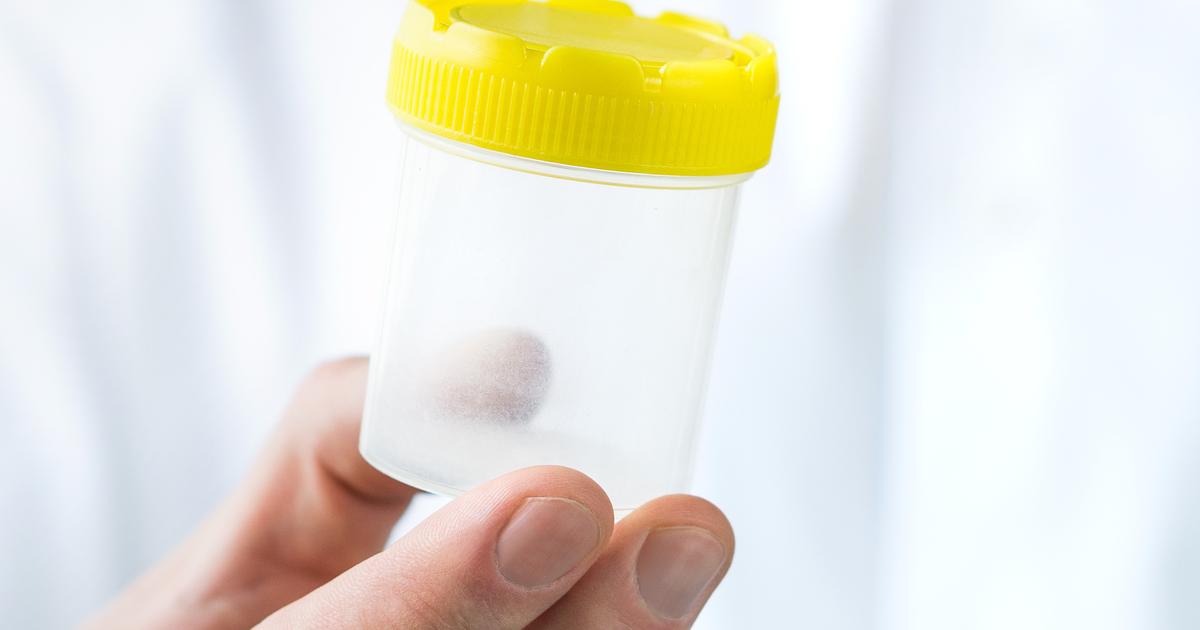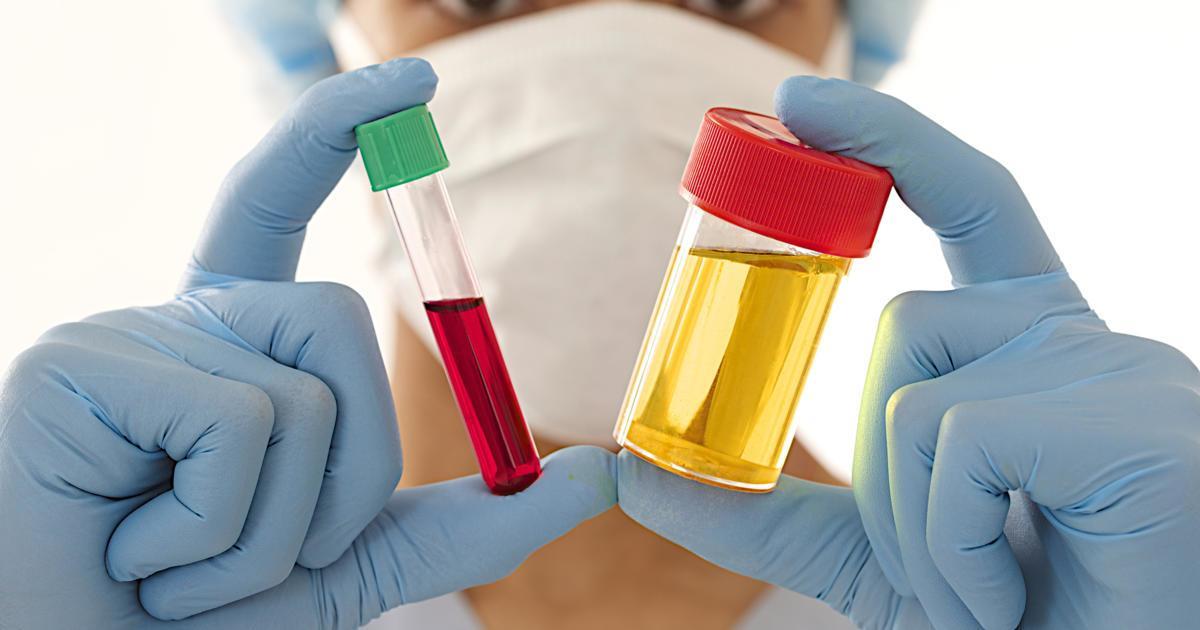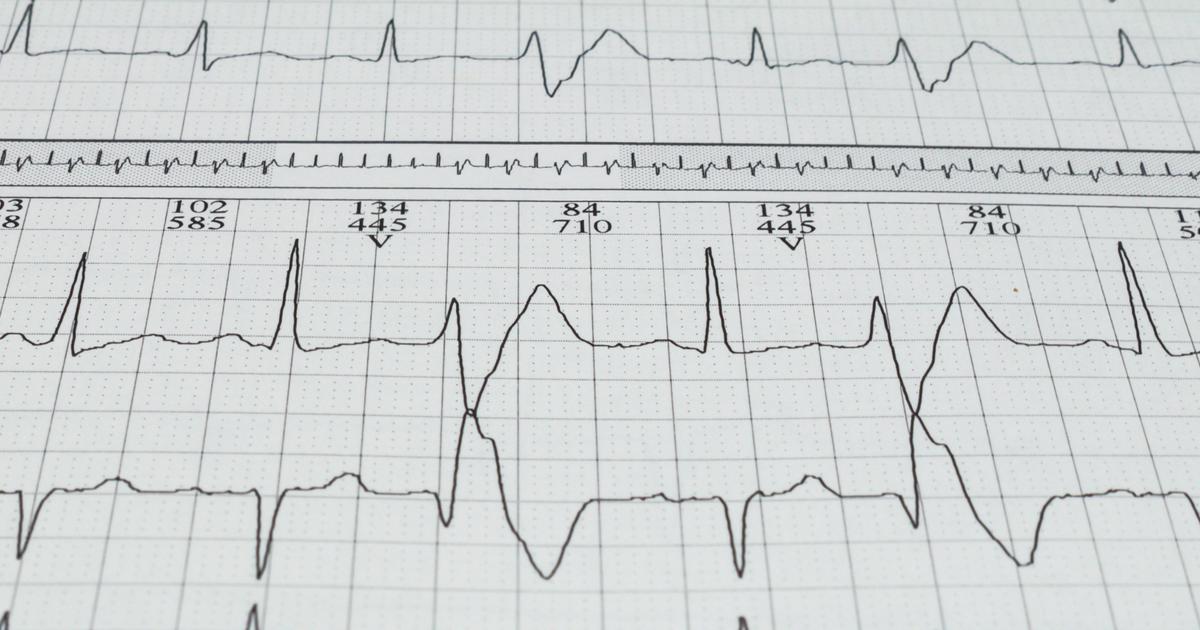Guide To The Symptoms Of Rhabdomyolysis
Rhabdomyolysis is a serious condition that occurs when there's some kind of muscle injury, either indirect or direct. When the muscle fibers die, they release their contents into the individual's bloodstream, which causes widespread issues. Rhabdomyolysis can easily become life-threatening, especially in cases where it leads to kidney failure. The kidneys fail when they're unable to remove concentrated urine and waste from the body. If rhabdomyolysis is promptly diagnosed and treated, most patients have a good outcome, which is why it's important to know what symptoms to look for following an injury. Individuals may experience symptoms if their muscles have been compressed over a long period, if any part of their body has been crushed, if they've suffered a third-degree burn or electric shock, or if they've had muscle tissue die due to venom from an insect or snake bite.
Read about the major symptoms of rhabdomyolysis now.
Muscle Pain

Rhabdomyolysis develops in different ways depending on the underlying cause, making it hard to pinpoint symptoms sometimes. One of the classic symptoms is muscle pain in the lower back, shoulders, or thighs. However, not everyone who has the disease will have muscle pain. In fact, half of rhabdomyolysis patients don't experience any symptoms related to their muscles. If individuals have experienced a direct injury to their muscles, they'll probably experience pain as they're healing. Muscle pain is more unusual and concerning when the injury is indirect. Nontraumatic causes may include side effects from high doses of antipsychotics, a high core body temperature, a serious metabolic disorder like diabetic ketoacidosis, seizures, viral infections, bacterial infections, and any number of muscle diseases. If individuals have had rhabdomyolysis before, they're also more likely to develop the condition again.
Uncover more symptoms of rhabdomyolysis now.
Decreased Urination

Decreased urination can be a serious sign of rhabdomyolysis. It occurs when the kidneys have become involved, since the kidneys are responsible for urine output. Decreased urine output is called oliguria in the medical field. Medical practitioners define this as less than four hundred milliliters or 13.5 ounces over twenty-four hours. When urine is absent entirely, this is called anuria. Practitioners consider less than fifty milliliters of passed urine over twenty-four hours to be anuria. There are multiple causes of decreased urination that don't have to do with the kidneys, so this isn't always a sign of rhabdomyolysis. Dehydration can cause decreased urine output, and trauma and infection can both lead to oliguria if they cause an individual's body to go into shock, which is a condition that requires emergency medical attention. Urinary tract obstructions, when a blockage keeps urine from leaving the kidneys, can also lead to decreased urination. Some medications can also lead to a decrease in urine output. Even though not all the potential causes are serious, patients should always talk to a doctor if they're experiencing decreased urination.
Learn more about the warning signs linked to rhabdomyolysis now.
Red Or Brown Urine

Strangely-colored urine can be caused by several different factors. It can be the sign of an underlying disease or problems with kidney function, but vividly-colored urine can also be caused by certain medications and foods as well. Normal urine ranges from dark amber to pale yellow. Amber urine typically isn't cause for concern, but is a sign the individual should drink more water. Deep red and brown urine can also sometimes be caused by porphyria, which is a rare inherited red blood cell disorder.
Patients should see a doctor if their urine contains visible blood. In addition to rhabdomyolysis, bloody urine can be a sign of kidney stones or urinary tract infections. If individuals are experiencing painless bleeding, the cause may be more serious. Dark urine can also be a sign indicating the liver isn't functioning properly. When it's related to the liver, the dark urine is often accompanied by jaundice.
Discover additional rhabdomyolysis symptoms now.
Muscle Weakness

In addition to muscle pain and urination-related symptoms, the third most characteristic symptom of rhabdomyolysis is muscle weakness, though the muscles involved vary widely. Patients may find they have trouble moving their legs or arms. The muscle weakness may come on suddenly or progress slowly over time. Muscle weakness is a condition that occurs when normal effort doesn't produce normal muscle movements. Short-term muscle weakness occurs to almost everyone at least once in their lives, so it's not always a sign of a serious underlying condition. Overtaxing the muscles or being ill can bring it on, though persistent or unexplained muscle weakness should be evaluated by a doctor. Muscle weakness occurs when the brain's signals don't cause the right thing to happen. This can be a sign of a muscular, nervous system, brain, or connective tissue disease. If individuals have unexplained muscle weakness in conjunction with other rhabdomyolysis symptoms, they should seek emergency medical treatment.
Keep reading to learn more about the major symptoms linked to rhabdomyolysis now.
Swelling

Swelling is one of the potential symptoms of rhabdomyolysis, though it's not one of the classic symptoms. Instead, the swelling tends to be a side effect of a traumatic injury that lead to the condition. While possible, it's less common to see swelling in cases involving indirect injury to the muscles. Crush injuries are the most likely to involve swelling. These injuries are often sustained by individuals in automobile accidents, workplace accidents, or sporting accidents. As the name implies, they cause the muscle fibers to be crushed and die. Swelling inside the muscle can cause compartment syndrome, which occurs when pressure builds up, causing the nerves and muscles and blood vessels surrounding the injured area to become compressed. Each tissue grouping is called a compartment.
Reveal more symptoms of rhabdomyolysis now.
Chronic Fatigue

Rhabdomyolysis, we know, is a disorder characterized by the breakdown of the muscle tissues in the body. The breakdown of muscle cells and tissue means the contents of dying muscle cells are spilled out into the environment around them. Certain components inside of these dying muscle cells are released into the affected individual's bloodstream and begin to build up after some time. The kidneys are the organs responsible for the filtering and clearance of such components from the bloodstream so they can be excreted in the urine. The accumulation of the muscle cell components in the blood causes the kidneys to become weak. Weakened kidneys cannot produce a certain hormone referred to as erythropoietin, which tells the bone marrow to make more red blood cells. Without enough red blood cells in circulation, an affected individual will develop anemia and experience chronic fatigue.
Discover additional warning signs of rhabdomyolysis now.
Nausea And Vomiting

Nausea is a term used to describe when an individual feels the urge to vomit, the physical and forceful propulsion of stomach contents back up the esophagus and out of the mouth. A rhabdomyolysis patient has kidneys that experience a decrease in overall function over time as the stress from the accumulation of muscle cell components begins to compound. Kidneys with significantly reduced function allow the further buildup of toxins in the bloodstream of an individual with rhabdomyolysis. The body has a mechanism in place where the nausea center in an individual's brain becomes triggered in response to toxic substances in their blood. This mechanism helps protect the individual's organs from experiencing failure. An individual with high levels of toxins in their blood can feel the urge to vomit, or they may actually vomit in response to such toxic conditions.
Get more information about the various symptoms of rhabdomyolysis now.
Bruising

Due to the reduced kidney function in an individual affected by rhabdomyolysis, muscle cell components build up in the blood and cause more stress on the kidneys. Kidneys that have reduced function do not produce an adequate amount of a hormone required to signal the bone marrow to produce red blood cells. When an individual does not have enough healthy and functioning red blood cells in their circulation, they have anemia. The lack of red blood cells in the circulation of an individual affected by rhabdomyolysis-precipitated anemia can experience problems with the formation of blood clots. Blood clots help seal up wounds in tissues and blood vessels when they become damaged to stop the individual from losing too much blood. An anemia patient does not have enough functioning red blood cells and platelets to form blood clots normally, which means they will bruise easily and more frequently than others.
Continue reading to uncover more warning signs of rhabdomyolysis now.
Irregular Heartbeat

An individual who experiences an irregular heartbeat with other muscle-related symptoms may be affected by rhabdomyolysis. The heartbeat is regulated through the movement of potassium, an electrolyte, in and out of the cells that make up the heart. A healthy individual can keep the amount of potassium in their blood at a manageable level because excess potassium is cleared from their body by the kidneys and excreted in the urine. A rhabdomyolysis patient has compromised kidney function due to the stress the excessive muscle breakdown has placed on the organs. Impaired kidneys can cause the potassium in an affected individual's blood to become too high because they are unable to clear the electrolyte from the body as quickly as it is being taken in. A high level of potassium causes the electrical signals in the myocardium to become disrupted, producing an arrhythmia or irregular heartbeat.
Read more about the warning signs of rhabdomyolysis now.
Dizziness And Lightheadedness

As discussed, a rhabdomyolysis patient experiences a decline in the functionality of their kidneys, and they may also experience heartbeat problems or dehydration due to the imbalance of electrolytes in their blood. When the heart has an irregular heartbeat from imbalanced electrolytes, it can cause less blood to be pumped up to the brain tissues. An individual can experience dehydration as a result of poorly functioning kidneys, which can also produce a situation in the body where not enough blood is being pumped to the brain tissues effectively. When an individual's brain tissues do not receive an adequate amount of blood, they also do not receive an adequate amount of oxygen. The cells in an affected individual's brain begin to shut down in conditions of low oxygen, causing them to feel dizzy or lightheaded as a result.